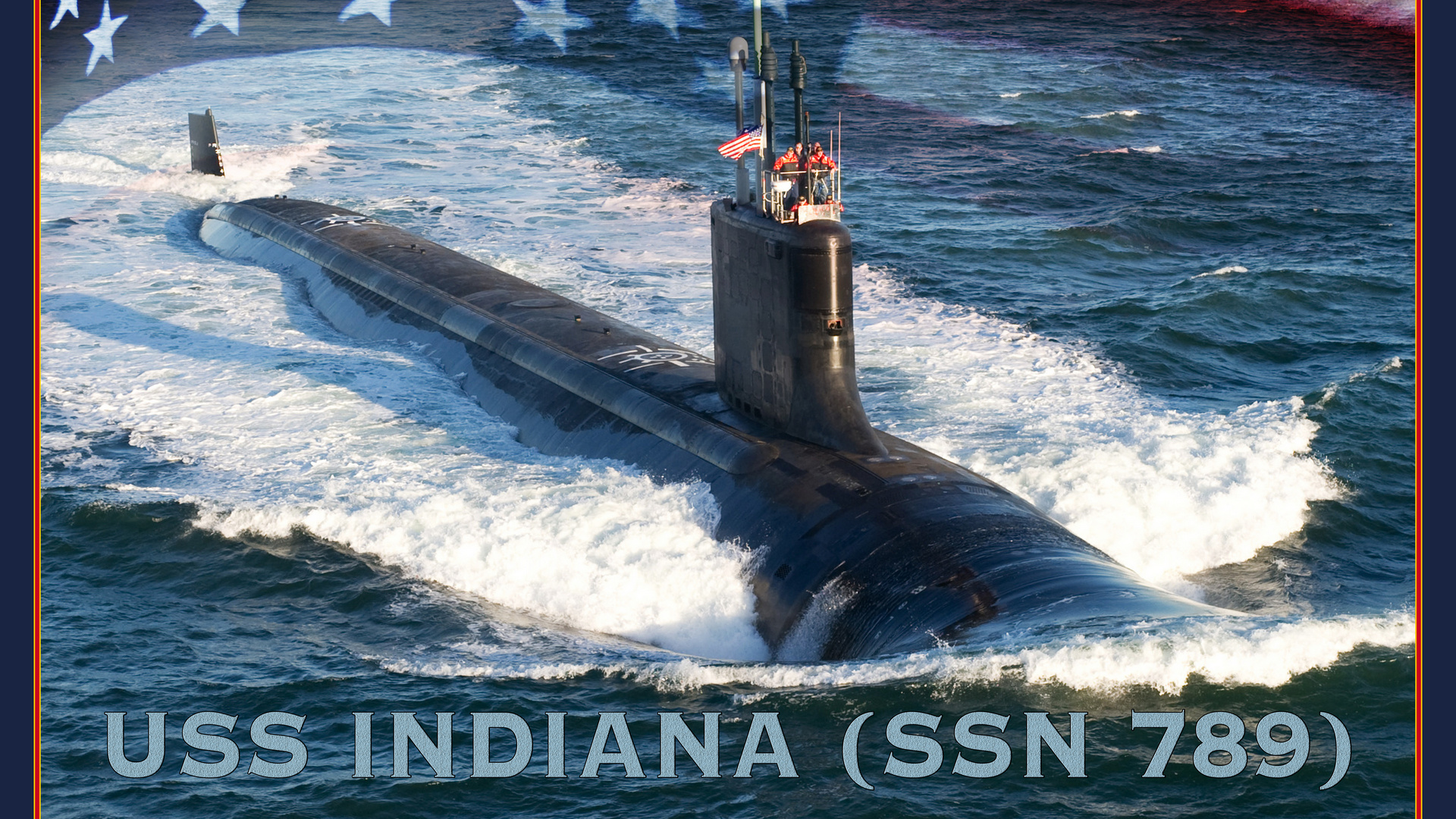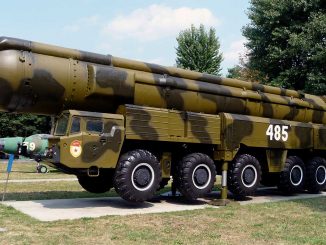The Navy accepted delivery of future attack submarine USS Indiana (SSN 789), the 16th submarine of the Virginia class, June 25. The ship began construction in 2012 and is scheduled to commission in September.
Washington D.C. ─ (NNS) — The Navy accepted delivery of future attack submarine USS Indiana (SSN 789), the 16th submarine of the Virginia class, June 25.
The ship began construction in 2012 and is scheduled to commission in September. This next-generation attack submarine provides the Navy with the capabilities required to maintain the nation's undersea superiority.

An artist rendering of the Virginia-class submarine USS Indiana (SSN 789)
"Indiana's delivery marks the culmination of millions of man-hours of work by thousands of people across this country to bring the world's foremost undersea asset to the fleet," said Capt. Christopher Hanson, Virginia class program manager. "It is a proud day for every person who had a hand in the submarine's construction."
Indiana is the sixth Virginia-class Block III submarine. Block III submarines feature a redesigned bow with enhanced payload capabilities, replacing 12 individual vertical-launch tubes with two large-diameter Virginia payload tubes, each capable of launching six Tomahawk cruise missiles. The redesign also incorporates a large-aperture bow (LAB) water-backed array, which replaces the traditional air-backed spherical array. These, among other design changes, reduced the submarines' acquisition cost while maintaining their outstanding warfighting capabilities.
Indiana is the fourth ship named after the 19th state and will be the first to be in active service since the end of the Second World War. The first USS Indiana (BB 1), a battleship, saw action during the Spanish-American War and participated in both the blockade and battle of Santiago de Cuba. The third USS Indiana (BB 58) was completed in April 1942, saw extensive combat in the Pacific theater of World War II, and earned nine battle stars.
Virginia-class submarines are built to operate in the world's littoral and deep waters while conducting anti-submarine warfare; anti-surface ship warfare; strike warfare; special operations forces support; intelligence, surveillance and reconnaissance; irregular warfare and mine warfare missions. Their inherent stealth, endurance, mobility and firepower directly enable them to support five of the six maritime strategy core capabilities – sea control, power projection, forward presence, maritime security and deterrence.
For more information, visit www.navy.mil, www.facebook.com/usnavy, or www.twitter.com/usnavy.
For more news from Naval Sea Systems Command, visit www.navy.mil/local/navsea/.










